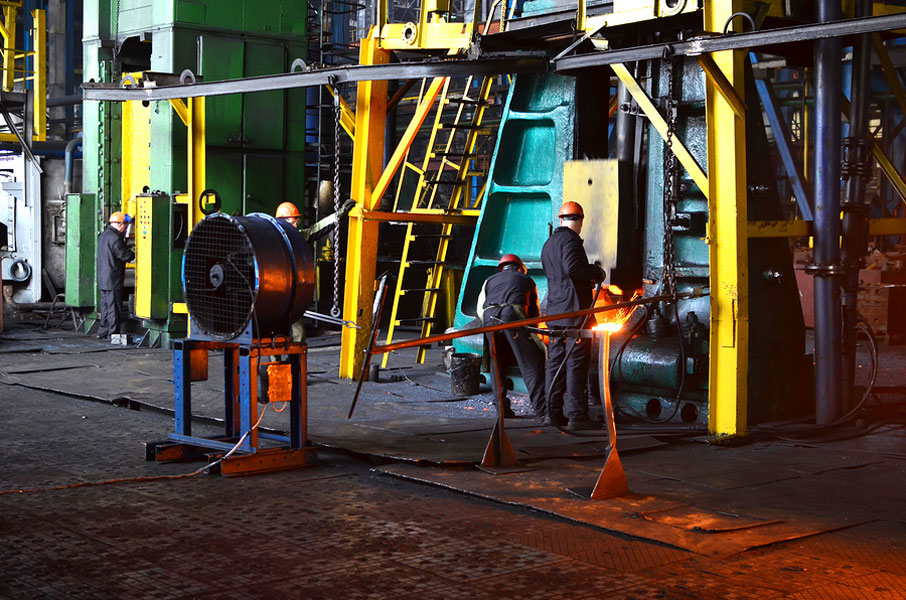Fabricating complex metal parts in former days was both inefficient and costly. It required a manufacturer to repeatedly change the tool in a single press or use multiple presses, each performing a single action to produce one part. Today’s high-performance metal stamping facilitates the production of better quality, high-precision parts both faster and more cost-effectively than before.
Today, there are two types of die stamping processes that can be used to meet the high demand for intricate components and precision performance. Let’s compare progressive metal stamping vs. transfer die stamping.
Why High-Performance Metal Stamping?
Precision metal stamping is ideal for manufacturing large quantities of products because it reduces production costs for high-volume production runs. It is a complex process that can include several metal-forming techniques including, blanking, punching, bending and piercing.
- Metal stamping is a highly automated process delivering consistent high-quality precision parts that offer high durability.
- Precision metal stamping facilitates the production of very innovative designs and complex products.
- Metal stamping offers fast turnaround times.
What are the Advantages of Progressive Metal Stamping vs. Transfer Die Stamping?
Progressive Metal Stamping Advantages
Progressive Metal Stamping is the process used to cut and form sheets of metal using a stamping die and involves several stamping stations that can perform one or more operations on each part. A coil of metal is fed through a machine and each stamping station performs a sequence of operations. Once the metal has gone through the entire machine, the piece is complete.
Its advantages are:
- Speed of production.
- Less scrap material.
- Quicker setup.
- Production of more geometries within a single tool.
- Longer production runs.
- High repeatability.
- Lower labor cost per part.
- Production of close tolerances.
Transfer Die Stamping
Transfer Die Stamping is a process that involves multiple tools. It utilizes a mechanical transport system which moves the metal from station to station, instead of using a continuous feed. The transfer die can be a single die, or it can be several dies in a row.
Its advantages are:
- Production of large parts that need to be transferred between multiple presses to complete them.
- More economical production compared to progressive die stamping, specifically for short production runs.
- More versatile operation than progressive die stamping. Specifically, if parts have specialized features like cutouts, pierced holes, ribs or threading, secondary operations are not required.
Progressive Metal vs. Transfer Die Stamping
Both methods are very well suited for use in many industries including automotive, locomotive, aerospace, food and beverage, electronics, agriculture, medical, heavy trucks, and recreational vehicles. In fact, the right stamping method for each job will depend on the specific requirements of the project, including intricacy, size, and quantity. Your precision metal stamping engineering team will help you determine which production approach will be most suitable for individualized production needs.
Seek Proven Assistance with Your Precision Metal Stamping Needs
Contact Velocity Metalworks, serving the Greater St. Louis Area and the Midwest. As you contemplate the need for Progressive Die vs. Transfer Die Stamping, know that our design and engineering team has extensive training and experience in both processes which enables us to tackle the most challenging assignments. We have been recognized as a valuable partner in the metal stamping industry for our strong tool design and build competency. With our metal stamping capacity, precision machining services and EDM capability, we provide the superior experience, precision, and quality you can depend on.

